Think You’re Sleeping Well? Find Out The Truth With The SleepOn Go2Sleep Ring Australia – Review
We include links to products we think are useful for our readers. If you click and buy a product through one of the affiliate links on this page, we may earn a small commission.
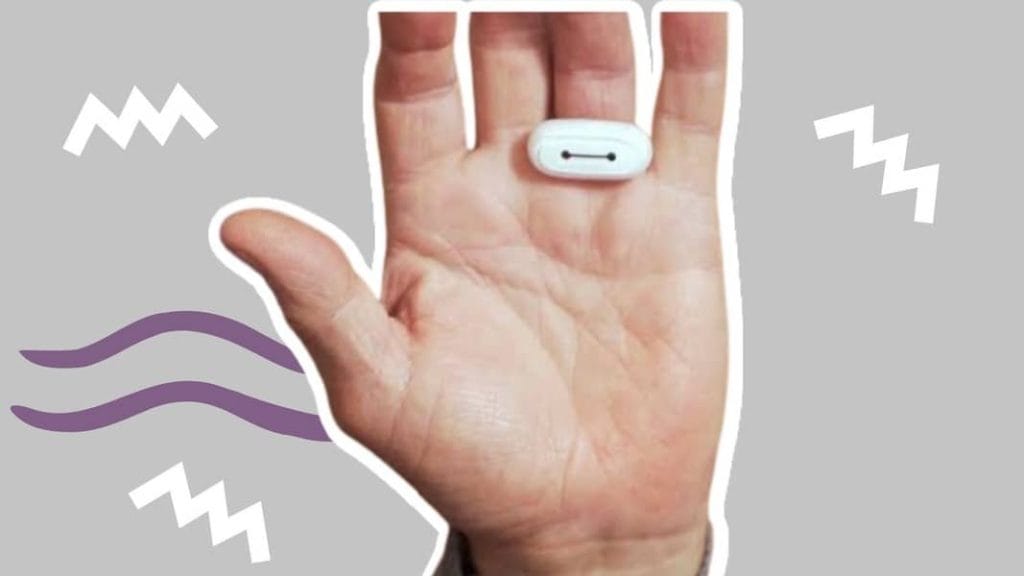
Plus how the ring helps track what practices, supplements and foods make you sleep better.
Welcome to our Go2Sleep SleepOn Ring review. We’ve tested handfuls of the best sleep trackers to measure sleep and help improve sleep hygiene practices through tracking sleep. The best sleep rings, sleep tracking watches, sleep tracking mats, sleep tracking apps and other sleep tracking devices ultimately offer a great insight into what makes us sleep better and what makes us sleep bad.
In this article, we present the key features of the SleepOn ring and stack it up against other sleep trackers like the Whoop Strap, Oura Ring, Withings Mat, Biostrap, Fitbit and Amazfit trackers. The SleepOn is honestly one of the best budget sleep trackers for sale and is a good one to consider for low cost with high functionality.
Why Do We Sleep And How Do We Measure It?
Ever wondered what is going on back there when we sleep and what makes sleep so essential? So have we. Fortunately there are experts that have dedicated their lives to uncovering this information because we don’t have that much time on our hands. We know roughly what a good night’s sleep feels like and definitely know what a bad one feels and looks like. But, wouldn’t it be nice to be able to peer into the sleep records and get some insider info into the truth about your sleep quality, quantity and how to influence it for the better. The good news is you can with the best sleep tracking wearables available. We have been testing out the Go2Sleep Ring in Australia now for the last 6 months and we have some insights and data you need to know before buying!
Sleep Is The Ultimate Recovery Tool
It is also a very easy one to make a mess of with the average daily routine filled with coffee, bad diet, stress, poor breathing technique, and just bad overall sleep habits. Sleep benefits the brain in a couple of major ways and is really the ONLY time when recovery in a muscular and injury sense truly takes place in the body. The brain can thank sleep for improving memory, creating motor task proficiency and improving creativity. The body can thank sleep for repairing damaged cells, protein synthesis, hormone balancing, tissue repair and growth.
It affects everything from our ability to process traumatic events, creativity, immunity, metabolism, mental health and even genetic makeup. One would be smart enough to conclude then that it might be beneficial to know how to get the best sleep possible.
We already know you love sleep. But it’s about to get a whole lot better, and for some it couldn’t really get much worse.
The SleepOn Go2Sleep Ring has been hacking our sleep tracking for a good couple of weeks now at home in Australia and we have some things we need to share before you buy one.
Go2Sleep Sleep Tracking Ring Australia: Review
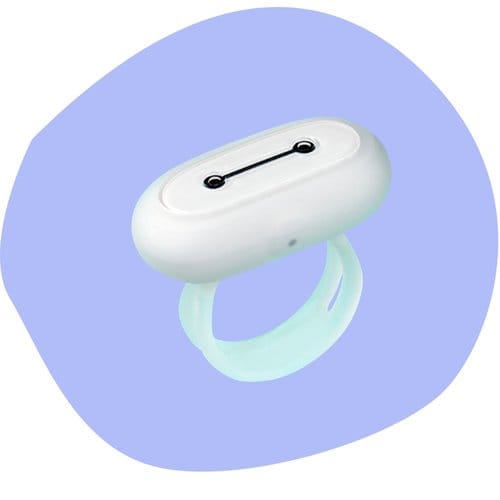
Bottom Line: The Go2Sleep Ring has a whole sleep lab in a little 6 grams bundle of sleep insight. It is extremely expensive to get professional sleep analysis but this is a cost effective wearable sleep tracker that solves that problem.
Price: $99
Weight: 6 grams
Battery Life: 24 hours
There is a plethora of scientific research on sleep involving the use of, or revolving completely around sleep trackers like that of the Go2Sleep Ring. This research paper concludes that:
“In our 24/7 sleepless society, sleep wearables may have a key role to better characterize and understand sleep and, within the framework of precision medicine, to ultimately improve health, safety and well-being for individuals and society. Collection of continuous data, day and night, could also lead to better understanding of links between sleep and daytime behaviors such as exercise.”
So how does the Go2Sleep Ring help us understand our sleep
How The Go2Sleep Sleep Analyser Ring Works
What we are mindful of in sharing our experience in our Go2Sleep ring review is the sheer number of people with sleeping disorders and bad sleeping habits is increasing. Sleep is being viewed more and more in this fast paced world as a luxury and not a basic need of human life. During sleep we go through a number of distinct phases, or at least we should, and each serves its purpose.
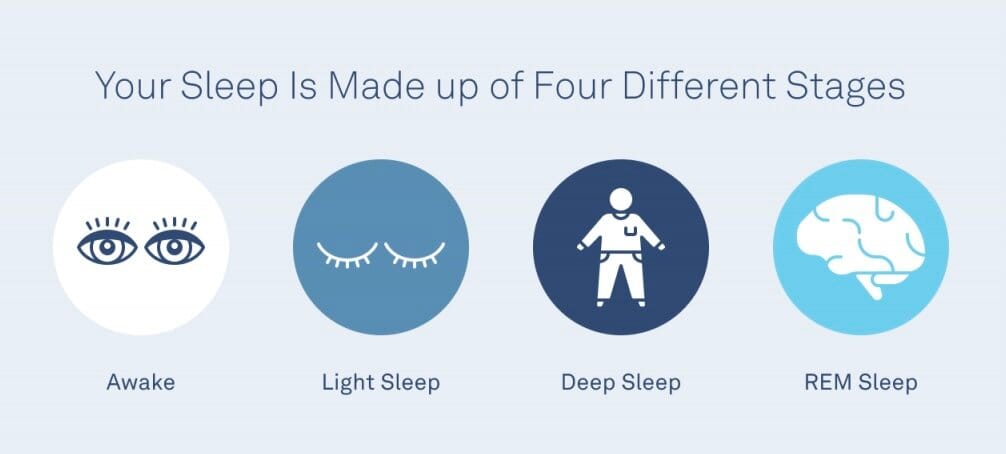
There are important markers that determine how ‘good’ (or bad) we are at this delicate nightly dance. To understand sleep on a deeper level we recommend reading the eye opening (pardon the pun) work of Matthew Walker in his book, Why We Sleep. Or this website also has some relevant information on understanding sleep.
Things like sleep latency (how fast you fall asleep), REM sleep periods (rapid eye movement), deep sleep periods, heart rate and heart rate variability (the variation in your heart beat), Sp02 (oxygen levels), body temperature, breathing rhythm (mouth or nose), sleep and wake timing, sleep disturbances like sleep apnea, all give us an indication about what sort of quality we are achieving in sleep each night.
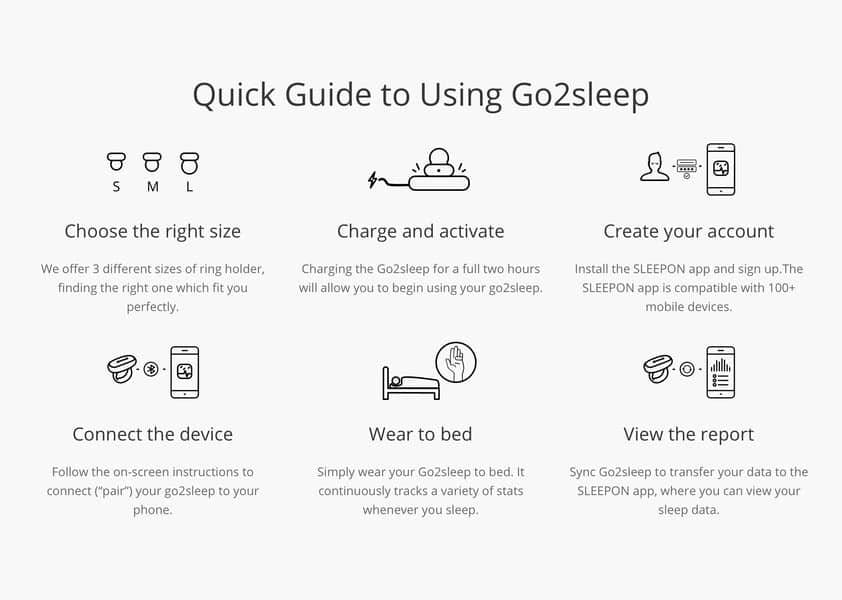
So What Does The Go2Sleep Sleep Ring Measure?
People are getting smarter and using rings like the Go2Sleep Ring in Australia and around the world in increasing numbers and that because the data is so valuable to improve sleep. The Go2Sleep ring measures Most of the aforementioned bio markers which is pretty incredible for a sleep tracking device weighing all but 6 grams.
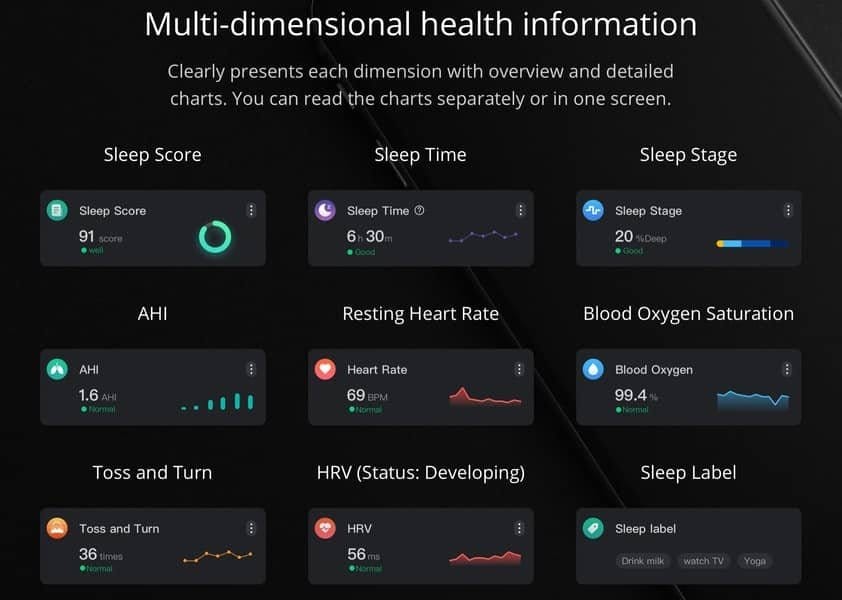
Sleep Quality
This is a big portion of what you will find out about your sleep behaviours every time you wear the Go2Sleep Ring. The built in sensors on the ring measure “Toss and Turn” which we can be confident indicates whether or not we are comfortable during sleep. A massive contributor to our comfort during sleep is temperature. The best way we have come across to manage sleeping temperature is with a Chilipad cooler system which can be suited to single or couple configurations. It will be the best sleep you have ever had, trust us.
A significant factor influencing sleep comfort is temperature regulation. Maintaining an optimal sleeping temperature can greatly enhance sleep quality by promoting relaxation and minimizing disruptions. One effective solution we recommend is the Chilipad cooler system, which offers personalized temperature control for individual or dual configurations. This innovative system uses water-based technology to adjust mattress temperature, allowing you to set your preferred level of warmth or coolness for a more comfortable sleep environment.
The Chilipad cooler system is designed to enhance sleep quality by regulating body temperature throughout the night. Whether you prefer a cooler or warmer sleep surface, the Chilipad can be adjusted to meet your specific needs, ensuring optimal comfort and restorative sleep. By creating a conducive sleep environment, this technology promotes deeper sleep cycles and reduces disturbances, resulting in a more rejuvenating and satisfying sleep experience overall.
For couples, the Chilipad dual-zone configuration allows each person to customize their side of the bed according to individual temperature preferences. This feature eliminates the compromise often associated with shared sleeping spaces, ensuring that both partners can enjoy personalized comfort without affecting each other’s sleep quality.
Sleep Apnea Screening

Sleep Apnea “occurs when the upper airway becomes blocked repeatedly during sleep, reducing or completely stopping airflow”. This sleep obstruction might be happening to you without even knowing it!
There are various studies on the social, economic and health consequences of Sleep Apnea and they are all too common. This common sleep related condition affects a huge portion of the global population and people often spend thousands on testing for this using professional research laboratories. Fortunately, that is not necessary with the Go2Sleep ring – the lab is on your fingertip.
While the Go2Sleep ring does not measure breathing rate and rhythm which is a major indicator of whether sleep apnea is occuring, what it does do well is measure Heart Rate and blood oxygen levels which are a solid biomarker for sleep apnea – the AHI or Apnea-Hypopnea Index that is included in its measured data. In measuring blood oxygen levels, the ring will vibrate if your levels drop below an acceptable amount, prompting you to possibly change position.
Although this may sound like an annoying feature that would wake you up, it doesn’t completely, and means that if sleep position is a cause for sleep apnea you are being coached out of sleeping in the position that is restricting proper breathing and oxygen supply.
One thing we all noticed was the huge difference in immediate waking feeling being much more refreshed and light, indicating minimal airway obstruction and good breathing habits during sleep. Not a word of a lie, this feature alone could be life-changing for you, it was mind blowing for some of us!
Heart Rate Variability
Yes, we know Heart Rate Variability (HRV) is probably the most important feature to look for in your fitness or sleep tracking ring and the Go2Sleep Ring ticks the box. HRV is perhaps the biggest biomarker for our ‘readiness’ to perform as well as how recovered we are from exercise and life in general.
Generally speaking, the higher our HRV score, the better. The lower our score, the more we should think about how we can recover better, if we need to rest and what are the habits that are bringing down our HRV like drinking alcohol, smoking, insufficient sleep and poor diet.
Sleep Upgrade: HigherDOSE Infrared Sauna Blanket
There is good reason for athletes and average joes alike to want the Go2Sleep ring for this function alone. HRV is a very important biomarker to measure fatigue levels and science knows this.
In terms of HRV and sports physiology “HRV is becoming one of the most used training and recovery monitoring tools in sport sciences”, as suggested by this HRV study.
It says that, “This is relevant because the optimization of recovery requires the monitoring of HRV following workouts, which is crucial for the prevention of the extreme accumulation of physical fatigue during preparation or competition.”
Put simply, if we want to know how strong our recovery game is, we need to measure and know our HRV and the Go2Sleep ring ticks this box.
The Go2Sleep Ring User Experience: What To Expect
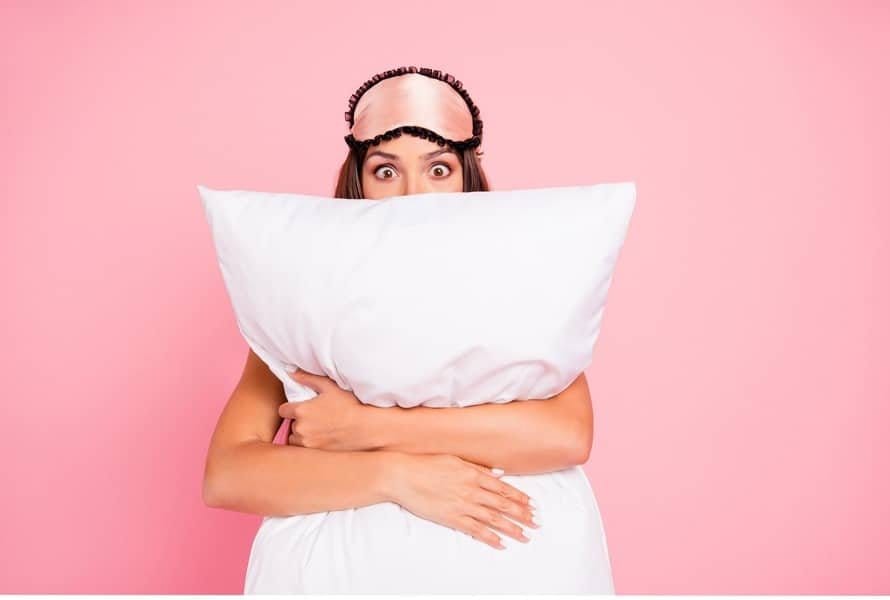
Two things worth mentioning here in our Go2Sleep ring review are (1) wearability and (2) the app ie. how the data is presented.
In terms of the wearing experience of the ring, it is snug fitting silicone and is worn with the ring facing the palm. It comes in three different sizes so no real issue trying to find the ring to suit your finger. It can barely be felt and is super soft silicone and is completely wireless so the sleeping experience is 10/10.
Even the charging mount is a stylish design and magnetically holds the ring like Golem holds his precious ring to rule them all.
The app is superb. Along with presenting all of the biomarkers we mentioned earlier like sleep score, sleep time, sleep stages, AHI, resting HR, blood oxygen saturation, toss and turn and heart rate variability, it also has some cool functions that add to the user experience like auto-sync with health centre on IOS devices, smart bio-alarms to wake you up at the best time in your sleep phase, continuous upgrades, ring finder function to easy locate the lost ring if it gets wrapped up in the sheet monster and comparative analysis sleep reports to make all important association with how your habits impact your sleep.
Not only that, we ordered our Go2Sleep Ring in Australia and it took under a week to arrive. The ordering and delivery process for the ring was flawless.
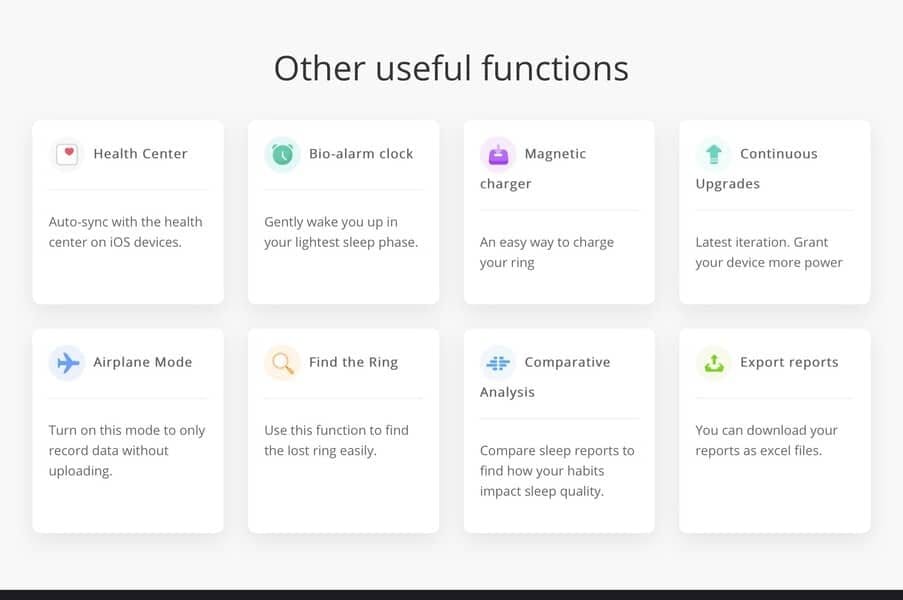
We have seen some mind blowing differences in the comparative analysis when we:
use certain supplements to encourage sleep
expose the body to regular cold therapy
use the Chilipad for temperature regulation,
use CBD oils
meditate before bed for at least 10 minutes
minimising blue light with blue light blocking glasses
All of these, tested in comparison to when we DON’T do these practices, is when we see our sleep score suffer. After all, we are all about practices that improve recovery from exercise and life and increase wellness and wellbeing.
Other Sleep Tracking Devices To Help You Sleep Better
The Go2Sleep Ring is available in Australia and around the world, and of course, as technology advances and there is an ever increasing awareness on the benefits of tracking sleep, more and more competitors and options for sleep tracking wearables hit the market. But, they are not all created equal.
Although we haven’t yet tested all of these options, some other near-peer devices to check out are these wearable and non-wearable sleep tracking options:
Muse S – a brain-sensing headband which we have tested and reviewed in-depth.
BioStrap – a very similar strap alternative to the Whoop with a different price structure. Available here.
Withings Sleep Analyser – a sleep tracking mat which is available on Amazon
FitBit Charge 4 – a popular fitness and sleep tracking version of Fitbit which is available on Amazon
Oura Ring – an elegant sleep tracking ring that is a great option for a sleep tracking device that doesn’t really look like one
Wellue Ring – another similar alternative to the SleepOn ring but a little more expensive in price, available on Amazon
Final Word From RG
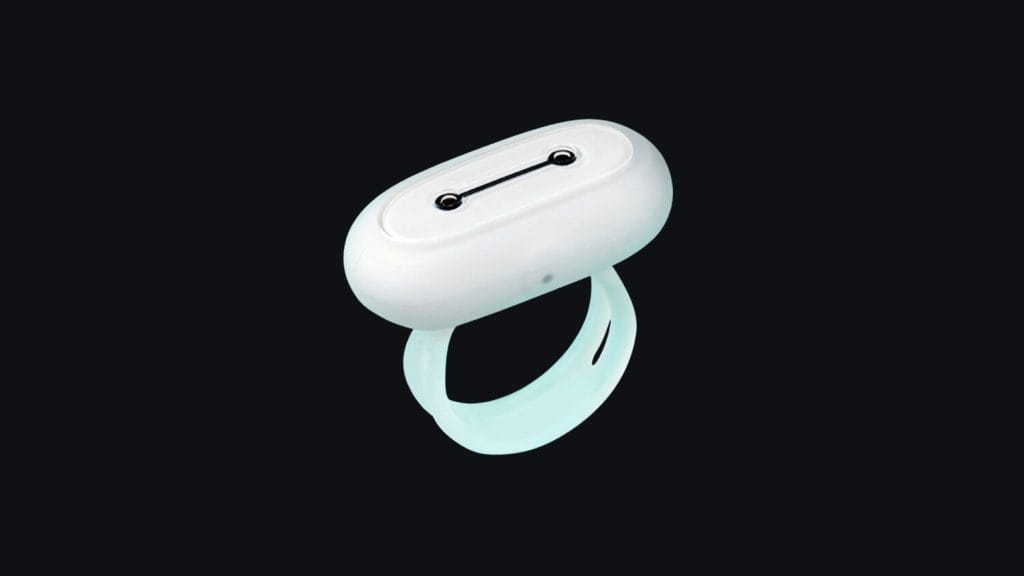
SleepOn Ring Review
Pros
Super lightweight at 6 grams
Comfortable design with 3 sizes
Sleep apnea and Sp02 tracking
Quality data
Cons
Requires daily charge
App can’t be used without bluetooth
It’s time to take the guesswork out of understanding your sleep and taking a closer look at the important relationship that your daily habits, diet and sleep practices influence your sleep directly. It is promising to know that you can have a measurable influence over your sleep and start today to make every night an experiment with hacking yourself to a bulletproof sleep routine. Hurry up and Go2Sleep Australia…
What gets measured gets managed and for us it’s a no-brainer to do the measuring with the SleepOn Go2Sleep Ring.
Read Next: Best Massage Guns On The Market For Muscle Recovery 2021
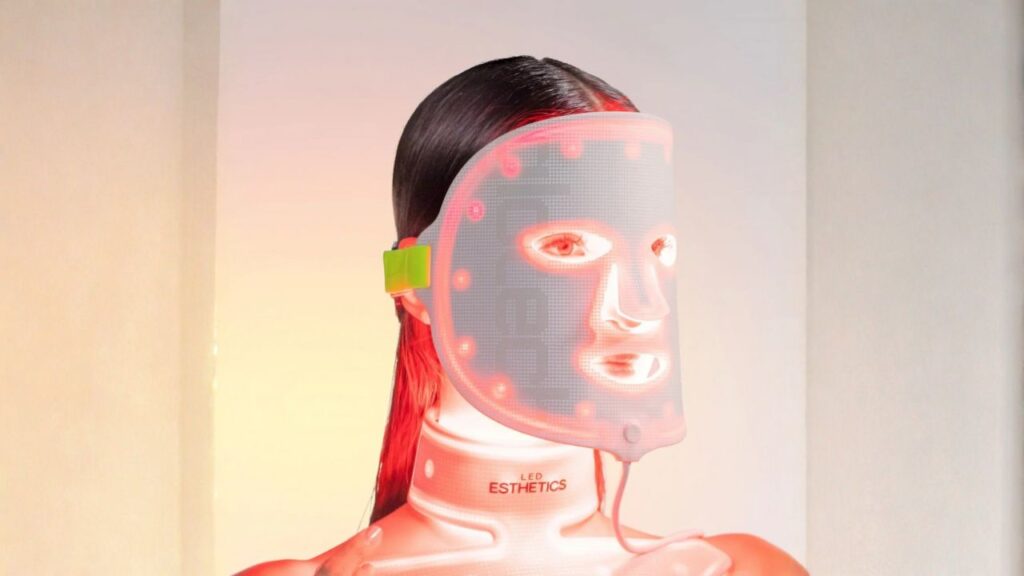
Infraredi Slim Lite vs Flex Mini: Which is Better?

Infraredi Slim Lite vs Flex Mini: Which is Better?
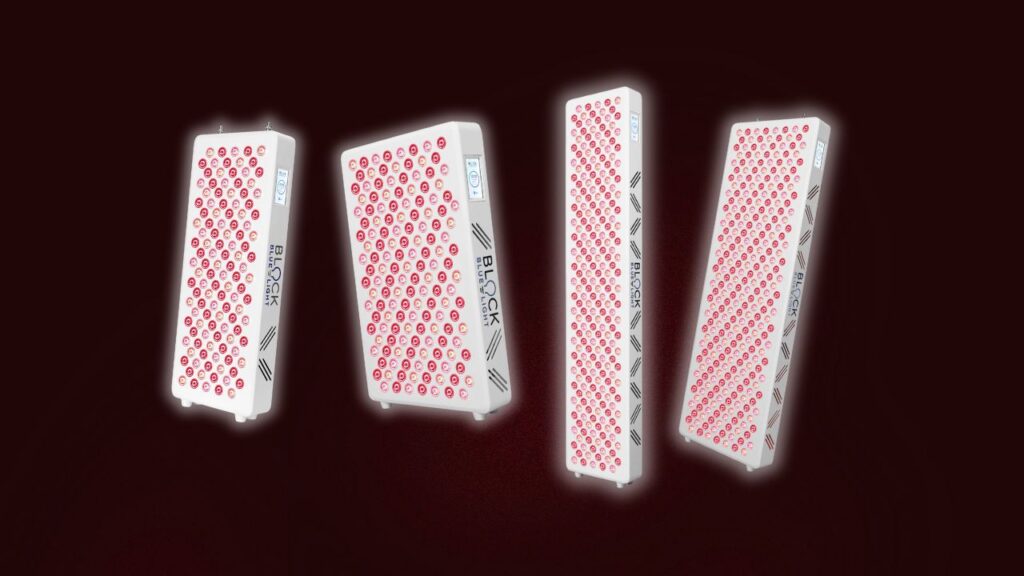
Infraredi Slim Lite vs Flex Mini: Which is Better?
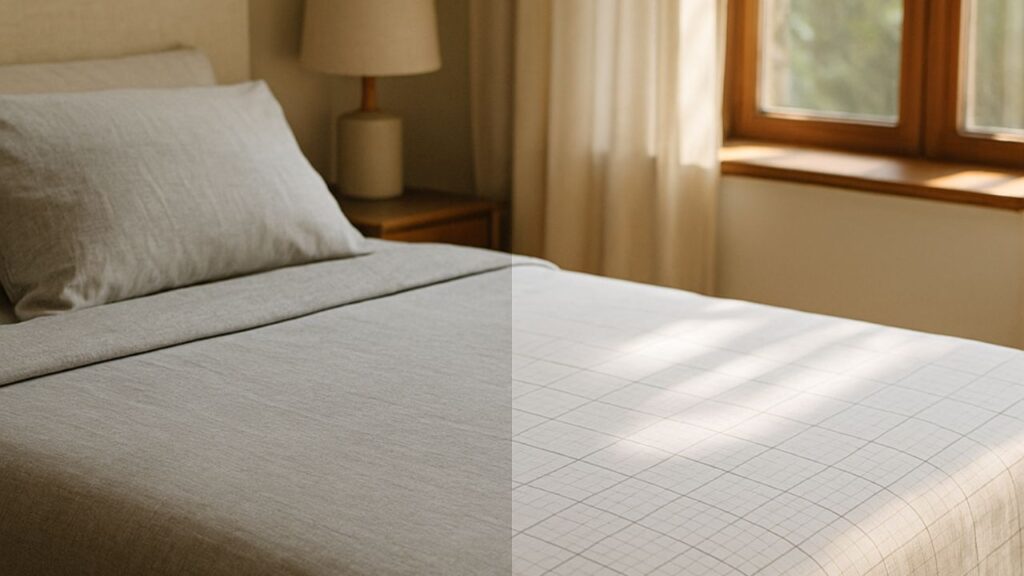
Infraredi Slim Lite vs Flex Mini: Which is Better?
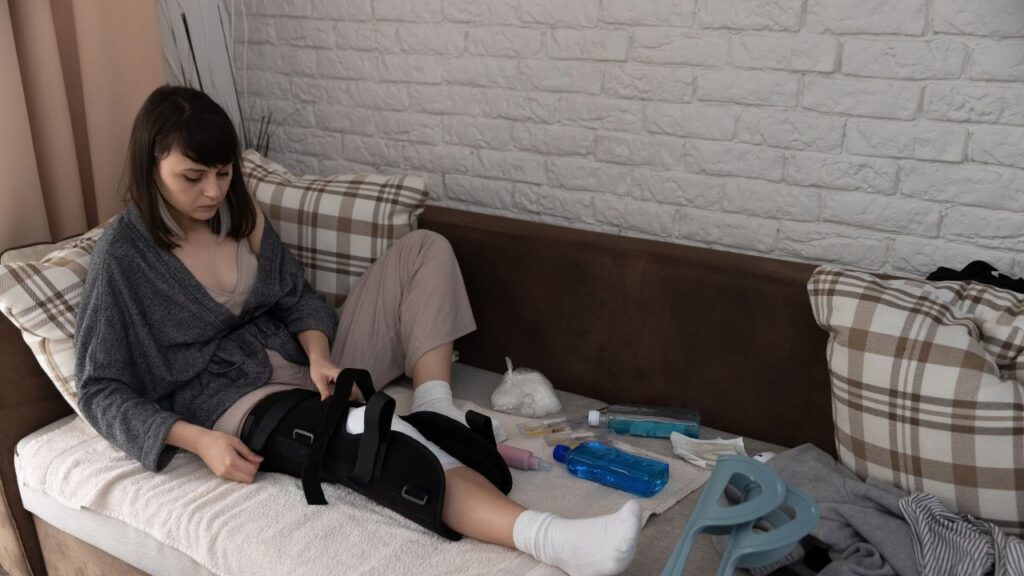
Infraredi Slim Lite vs Flex Mini: Which is Better?

Infraredi Slim Lite vs Flex Mini: Which is Better?
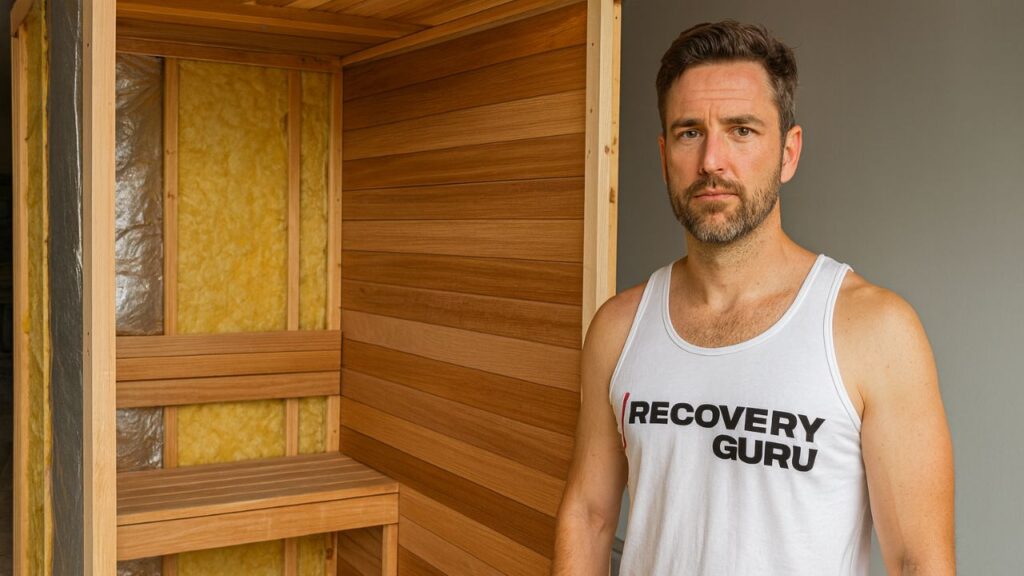
Infraredi Slim Lite vs Flex Mini: Which is Better?
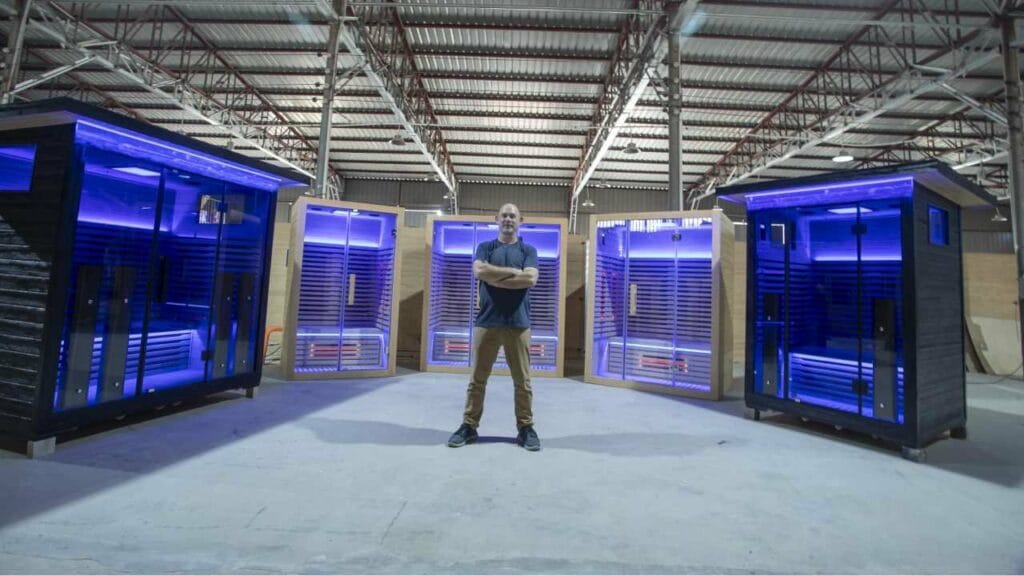
Infraredi Slim Lite vs Flex Mini: Which is Better?
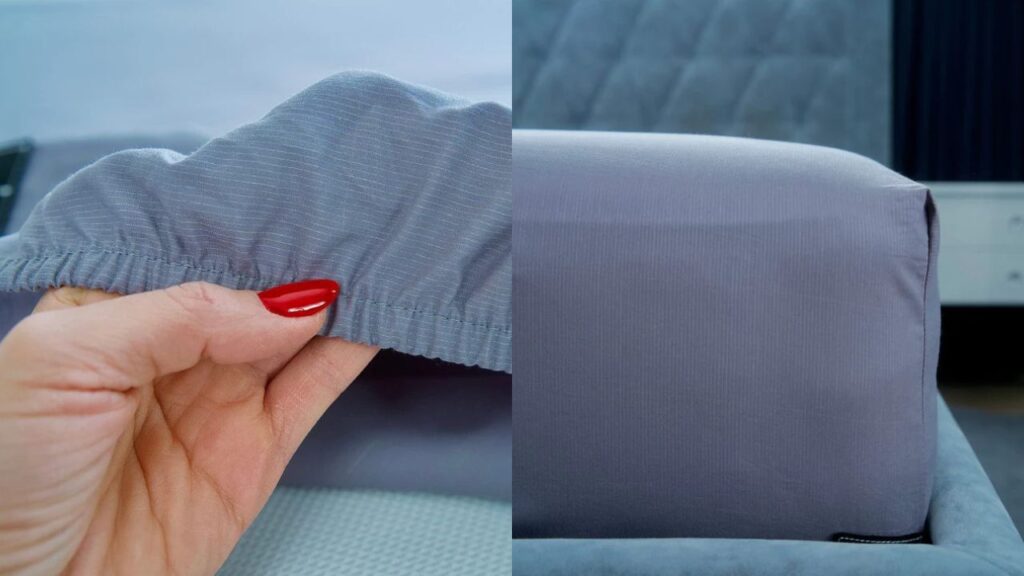
Infraredi Slim Lite vs Flex Mini: Which is Better?
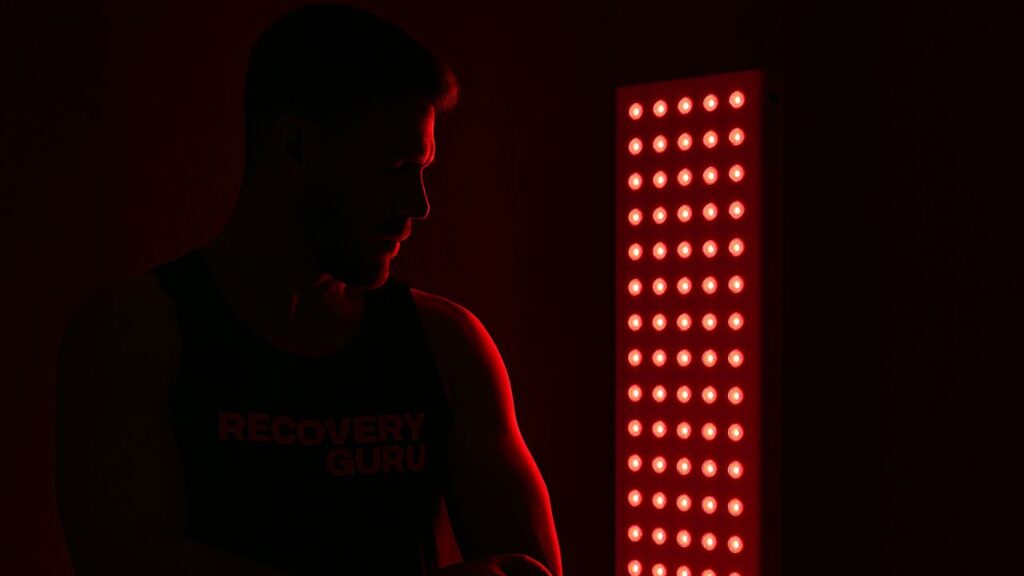
Infraredi Slim Lite vs Flex Mini: Which is Better?
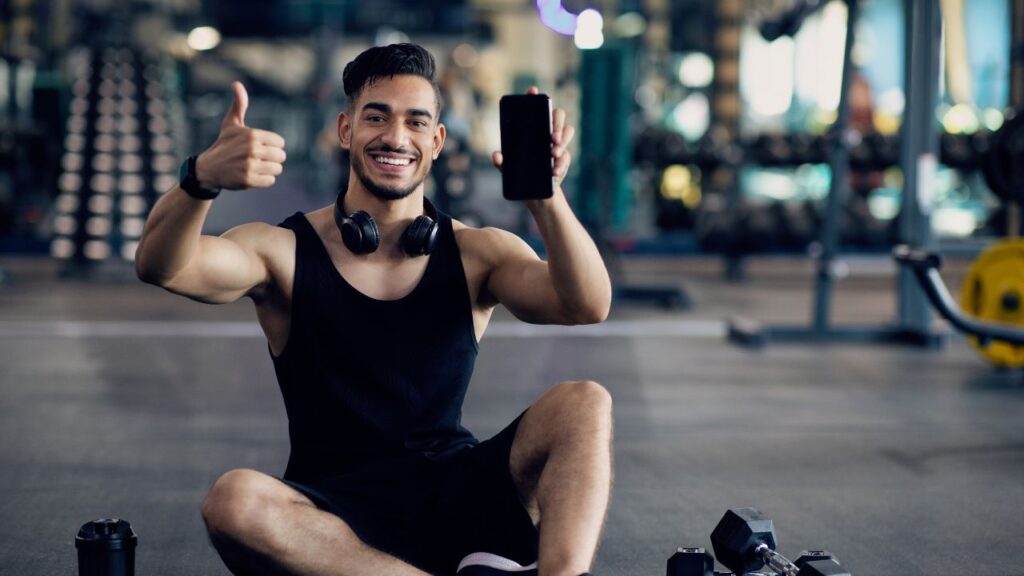
Infraredi Slim Lite vs Flex Mini: Which is Better?
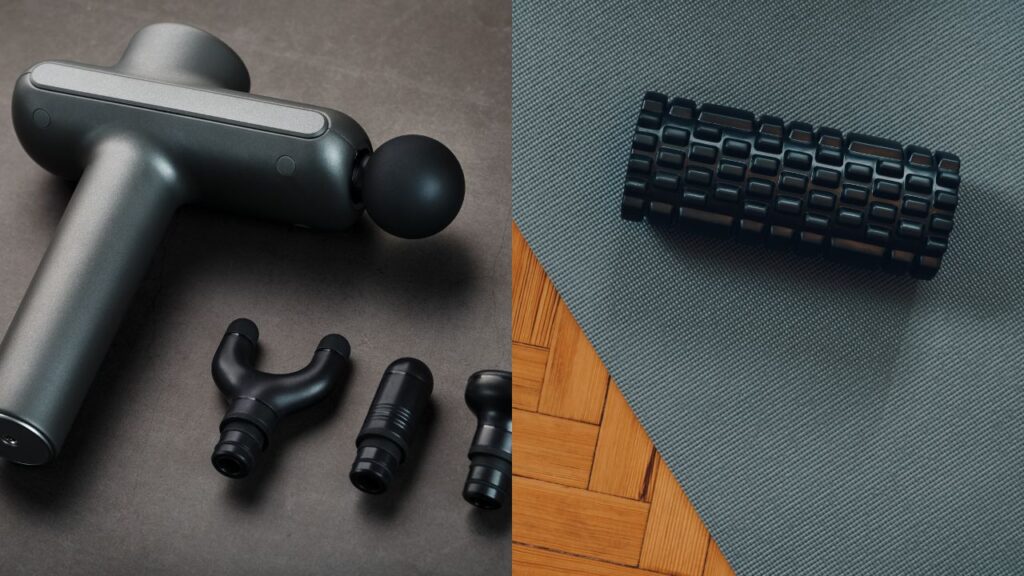
Infraredi Slim Lite vs Flex Mini: Which is Better?

Infraredi Slim Lite vs Flex Mini: Which is Better?

Infraredi Slim Lite vs Flex Mini: Which is Better?
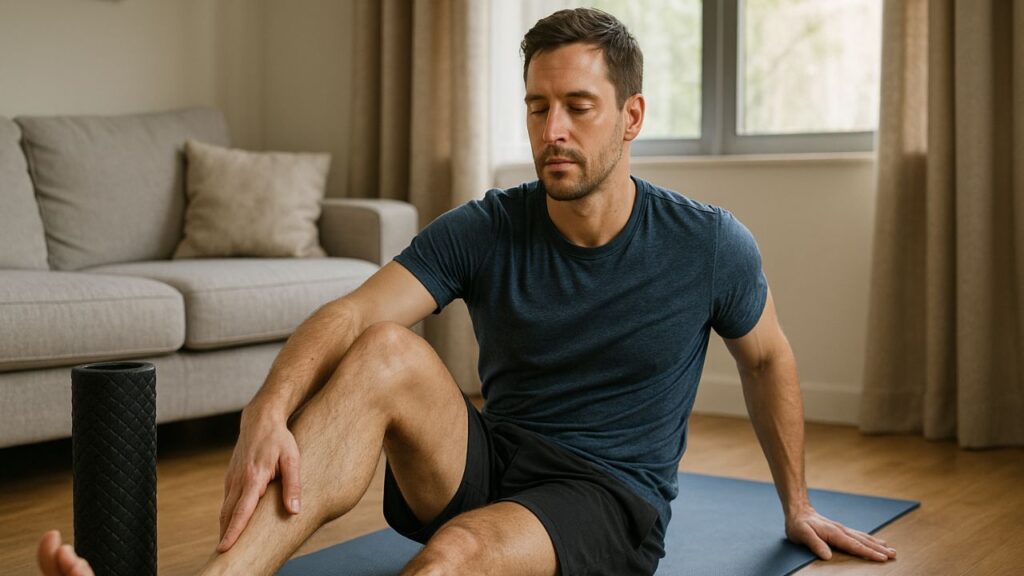
Infraredi Slim Lite vs Flex Mini: Which is Better?

Infraredi Slim Lite vs Flex Mini: Which is Better?
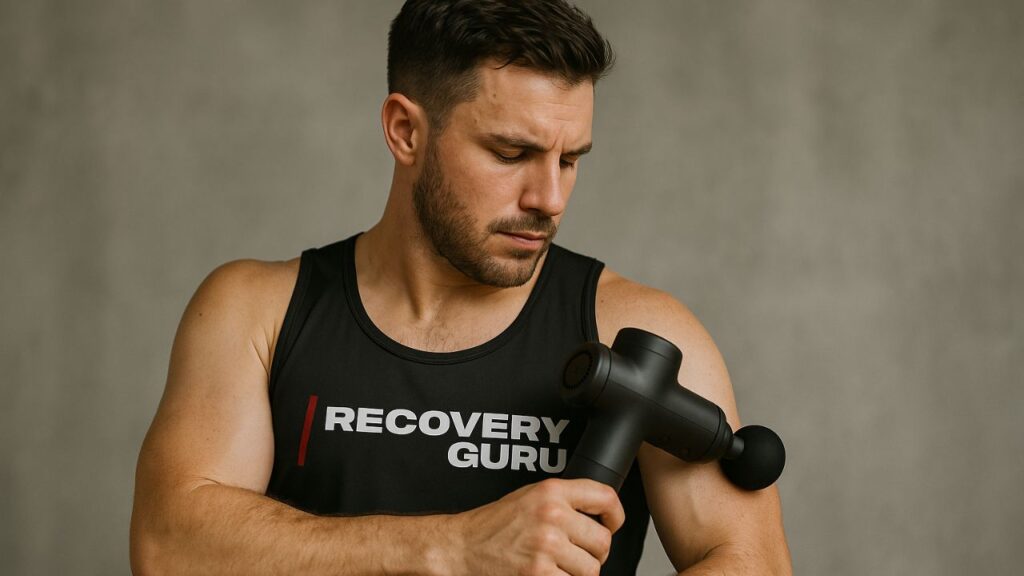
Infraredi Slim Lite vs Flex Mini: Which is Better?
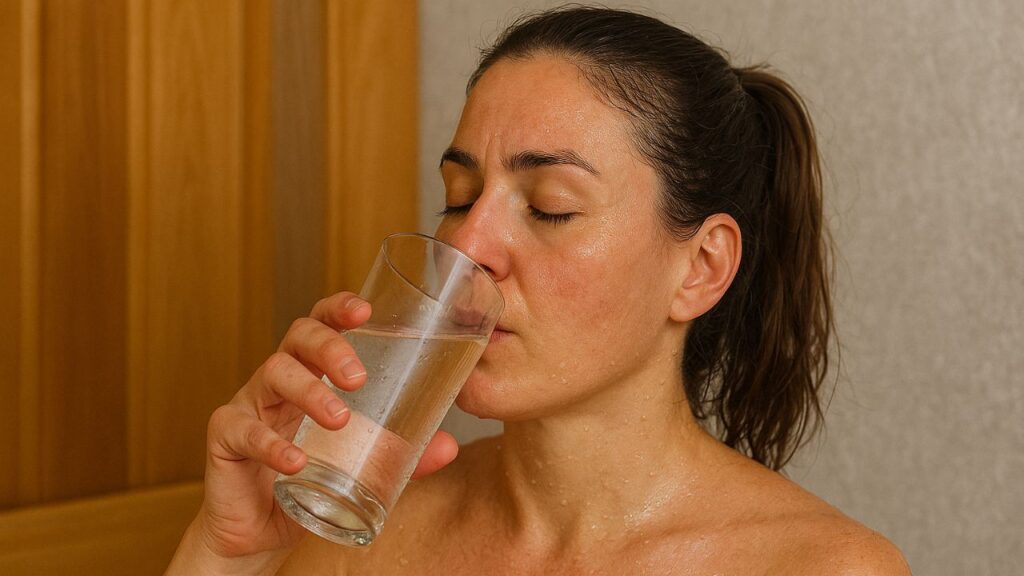
Infraredi Slim Lite vs Flex Mini: Which is Better?
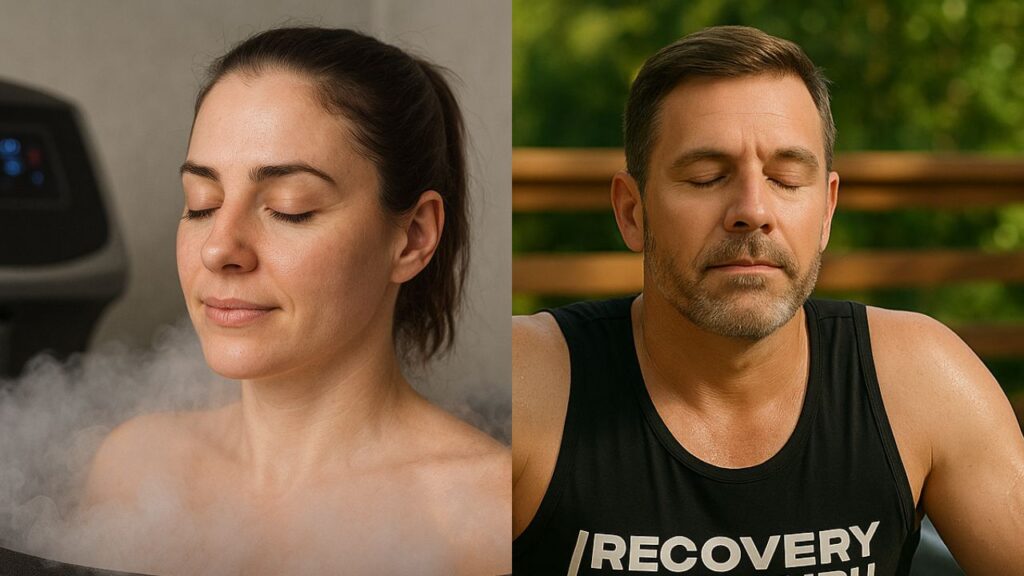
Infraredi Slim Lite vs Flex Mini: Which is Better?

Infraredi Slim Lite vs Flex Mini: Which is Better?
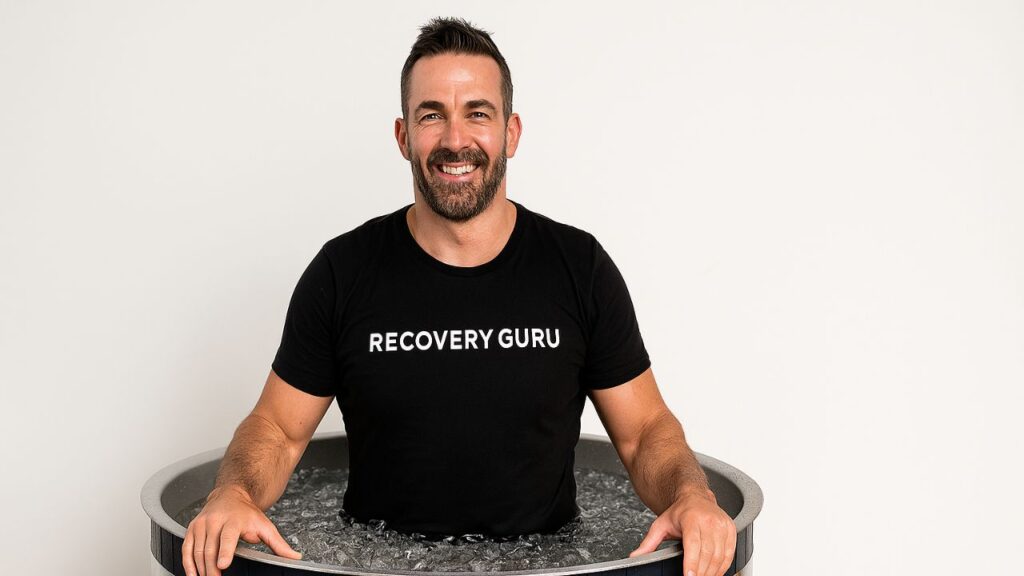
Infraredi Slim Lite vs Flex Mini: Which is Better?
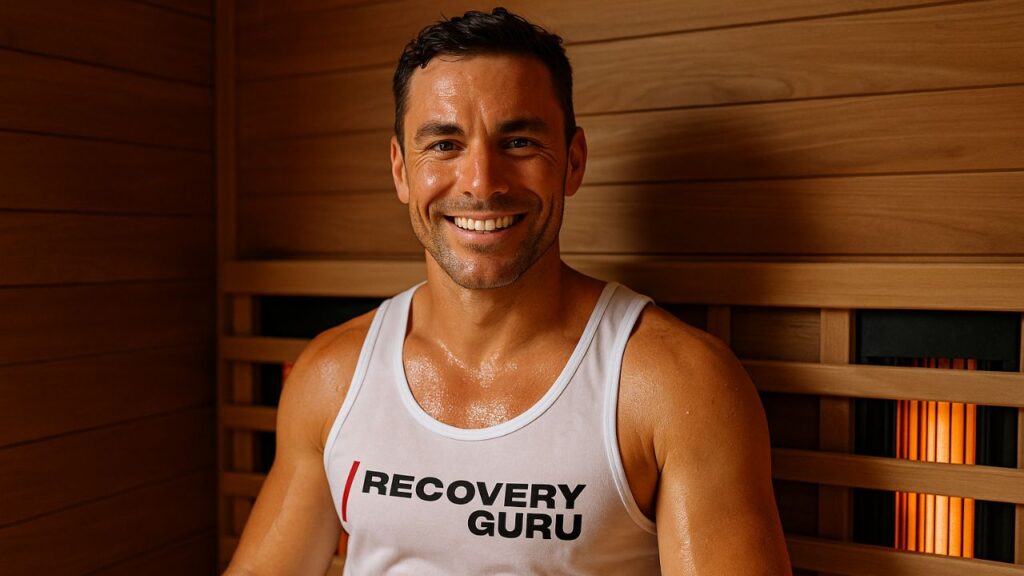
Infraredi Slim Lite vs Flex Mini: Which is Better?

Infraredi Slim Lite vs Flex Mini: Which is Better?

Infraredi Slim Lite vs Flex Mini: Which is Better?

Infraredi Slim Lite vs Flex Mini: Which is Better?
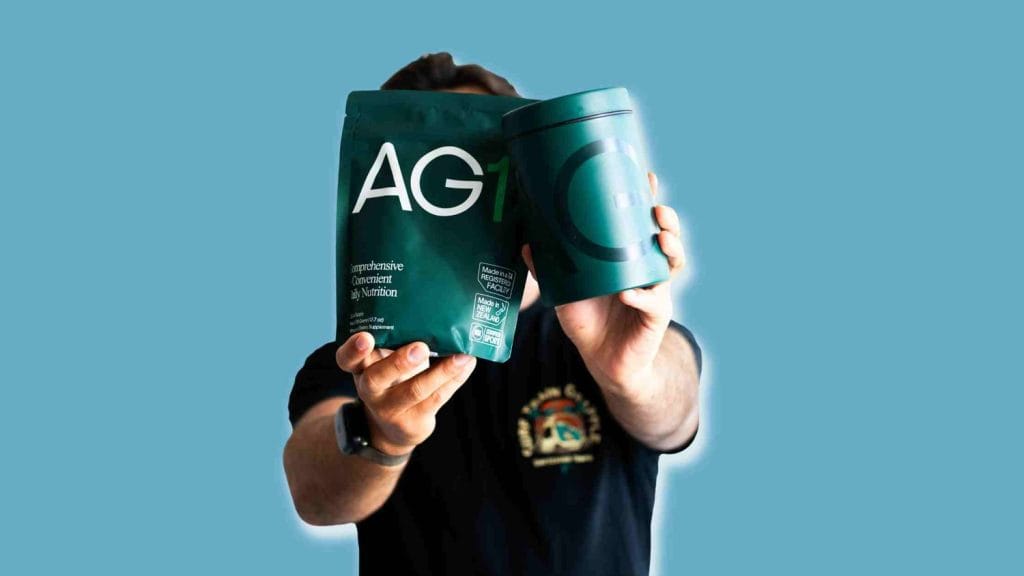
Infraredi Slim Lite vs Flex Mini: Which is Better?

Infraredi Slim Lite vs Flex Mini: Which is Better?

Infraredi Slim Lite vs Flex Mini: Which is Better?

Infraredi Slim Lite vs Flex Mini: Which is Better?

Infraredi Slim Lite vs Flex Mini: Which is Better?

